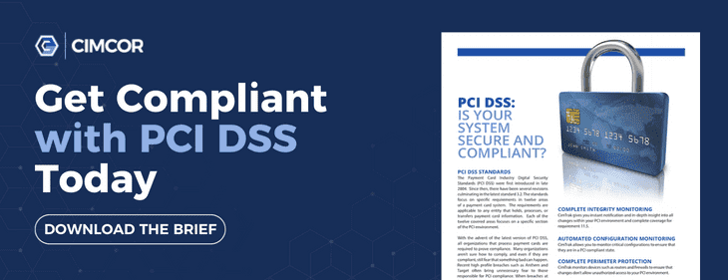Looking into the near future, chip and PIN payment cards should soon become commonplace in the United States. Chip defines an embedded computer chip and PIN is a customer-created personal identification number. In this country, there's been a great deal of resistance given the projected conversion cost of up to $8 billion to make this type of card standard issue in the US.
The United States Lags Behind the Rest of the World
With the exception of the United States, most countries are now using the Europay/Mastercard/Visa (EMV) chip cards, also known as smartcards. It's interesting to note that the EMV chip-based card technology has been available since the 90s, and yet nothing has been done in the United States until recently.
The EMV chip-based card technology development, a joint effort of Europay, Visa, and MasterCard, will go a long way to enhance information security. In addition, it will also help create a roadblock for criminals who continue to exploit the weakness in the antiquated magnetic-stripe technology.
The Point of Difference
The basic difference between the U.S. cards and the cards used in Europe and areas overseas centers on chip and signature technology rather than the EMV cards with chip and PIN technology. The chip and PIN cards issued overseas require consumers to enter a PIN to finalize the transaction.
The potential sticking point for costly retailer equipment upgrades remains to be seen. Toward that end, there are incentives offered by AmEx, Visa, Discover, and MasterCard for card-issuing banks and retailers with the stipulation that requires upgrades by October 2015, with no exceptions. After that, there will be a position shift involving fraud liability which translates into a serious compliance and liability issue.
A few financial institutions are already on board ahead of the 2015 deadline. However, many beyond the finance sector, such as retailers, are still seeking to implement the software required to process chip-and-PIN payment cards.
The Larger Picture
Seemingly nothing will effectively stop the arms race that is quickly escalating in the global cyber war that is grabbing headlines at an almost daily rate. However, it is in the best interest of both corporations and individuals to be knowledgeable and prepared for them.
Implementing methods such as 2-factor authentication and initiating campaigns to increase further awareness of cybersecurity issues amongst the civilian and consumer populations would be a valuable move forward. Growing the knowledge base beyond the IT security community would hopefully lessen the lower-level issues and allow them to focus on more critical and specialized concerns.
Everyone wants a safer digital community for business and their personal life. This means we have to increase our commitment to learning about how to prevent future attacks.
Tags:
Compliance
August 20, 2014




